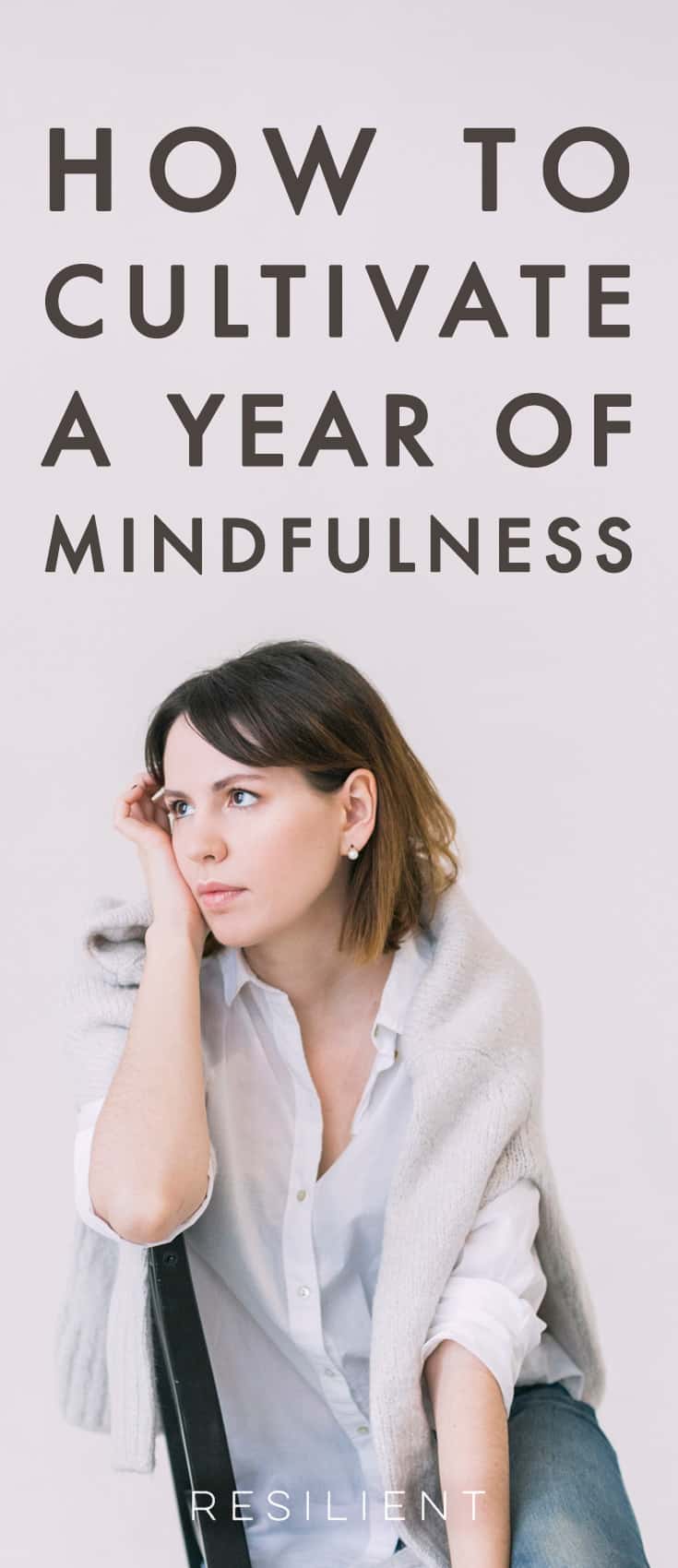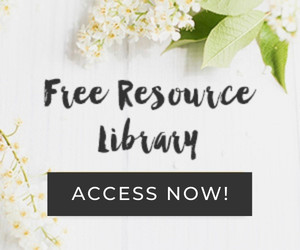How to Cultivate a Year of Mindfulness
This post was written by Leo Babauta, originally for Zen Habits. Republished here with permission.
A few years ago, in a single year I practiced mindfulness more than I ever have before, after 10 years of sporadic practice. I meditated regularly, practiced with a local Zen group, did a great one-day sitting, went on a retreat, took courses, read books, practiced mindful eating and exercise, learned some great new practices, and taught several mindfulness courses. Here’s how to cultivate a year of mindfulness.

Subscribe to our Youtube channel!
How to Cultivate a Year of Mindfulness
I learned a lot about how to cultivate a more mindful life, and I’d like to encourage you to try it this year.
Why? A few good reasons:
- You learn to be awake to the present moment more, and lost in the daydream of your thoughts less.
- You begin to see your mental patterns that affect everything you do, and thus begin to free yourself of those patterns.
- You learn to be frustrated less, and let go more. And smile more.
- You learn to be better at compassion, equanimity, love, contentment.
- You learn to be better at not procrastinating, and better at building better habits.
I could go on about better mental and physical health, better relationships, less fear … but the reasons I’ve given are strong enough. It’s important stuff.
Products We Recommend:
So how do we cultivate a year of mindfulness? I’m glad you asked.
Tips for Cultivating Mindfulness
I’m just going to dive in and share my favorite tips for creating a year of mindfulness:
Commit to sitting daily for a month.
It would be great to commit to a year of sitting meditation practice, but I think that’s too long for the brain to commit to. So I recommend trying to sit everyday for a month. Tell people about it, set reminders on your phone and calendar, put a note somewhere you won’t miss it, and keep the meditation short — just 2-5 minutes to start with, until you become more regular. This is the foundational practice for being more mindful, so make a big commitment to sitting.
Find a group.
If you can find a meditation group in your area to sit with once a week, that’s ideal. It doesn’t matter much what kind of group it is (Zen, Tibetan, Vipassana, etc.), just meet with them and meditate however you like when you’re on the cushion.
If you can’t find a group in your area, find a group that meets online. This commitment to a group deepens the practice.
Practice mindful eating.
I’m gonna be honest here, I don’t practice this as much as I should. But it’s a good example of how you can take something you already do every day, and use it as a meditation. Simply commit to doing nothing but eating — single-task instead of multitasking.
As you eat each bite, pay attention to the food, the textures and flavors and colors. Notice when your mind wanders. Savor the food. Showering, brushing your teeth, washing your dishes, walking and sweeping are other good activities to use as meditation.
Take a course.
This is a bit self-promotional, but I’m offering mindfulness courses in my Sea Change Program. However, you can take any online or in-person course, free or paid — I find that they force you to practice and reflect on your practice, so that your learning deepens even further.
Find a teacher or partner.
I am lucky to have a teacher who I meet with every couple months … I find that just knowing that I’m going to be talking to her means that I’ll try harder to learn, remind myself a bit more, reflect on my learning more so that I have something to talk to her about. If you can’t find a teacher, a learning partner can function the same way.
Watch your frustration.
When you get irritated, frustrated or angry … let it be a mindfulness bell! It is a great opportunity to drop out of your story, and notice how your body is feeling.
What got you hooked? What story are you telling yourself? What is your mental pattern when you get hooked? What is the physical feeling in your body at this moment? Practice as much as you can!
Read a good mindfulness book.
You learn mindfulness by practicing, but a good book can guide your practice.
More Posts You Might Like:
- The 3 Day Rule That Can Change Your Life
- 25+ Self Improvement Tips
- 30+ Journaling Prompts
- How to Improve Your Life Overnight
- 10+ Personal Growth Books
Practice yoga or mindful movement.
Yoga is moving meditation, and I highly recommend it. If you aren’t drawn to yoga, try walking or running or doing other exercise while trying to pay mindful attention to your body and breath. Either way, see it as an opportunity to meditate as you move.
Sit with procrastination & fear.
Whenever you start to procrastinate or run to distraction, there is fear at the root of your urge. Instead of running, sit with it. Notice the fear or resistance. Stay with this feeling, become intimate with it, be friendly towards it, smile at it. Stay, stay, until it dissolves.
Journal & review regularly.
The best learning is deepened by reflecting what you’ve been learning about, reflecting on your obstacles and challenges, reflecting on what works and what doesn’t. You evolve your learning through reflecting.
Journaling is a great tool for that — it helps you reflect in a mindful way. Journal daily, weekly, or monthly, reviewing what you did the previous day (or week or month) and what you learned from it, and what your intentions are in the coming day, week or month.
That might seem like a lot of things to do, but you don’t have to do them all at once! Nor do you have to be “perfect” at this (perfection doesn’t exist).
Just try one or two things, try another couple things later, and explore with no real destination or outcome in mind. Play with these practices and tools. See what happens.
Challenge: A Month of Mindfulness
To start your year of mindfulness, I challenge you to do a full 30 days of mindfulness, starting today. That means meditating every day, for at least a few minutes (start small), and trying to incorporate mindfulness practices in your life in small ways.
P.S. Get free downloads, checklists, inspirational emails & more when you sign up for our Free Resource Library!


